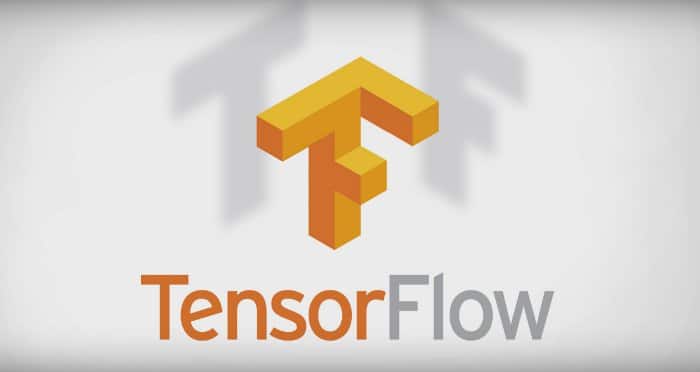
Building and training neural networks for machine learning was a herculean task till yesterday. While frameworks like Spark, Theano, Microsoft CNTK have already simplified machine learning for developers, Google has taken one step ahead and further simplified machine learning with the launch of TensorFlow 1.0.
Google has added built-in Estimator functionality and support for traditional machine learning algorithm to TensorFlow 1.0. Other frameworks like SparkML support were supporting these advanced algorithms in the past, but so far unable to get combined with neural networks. Therefore, the latest TensorFlow version comes as a great hybrid framework option.
Alongside its support for multiple neural networks, TensorFlow 1.0 brings impressive performance and scaling as compared with other frameworks. You need to be familiar with TensorFlow to construct a complex model directly in its new high-level API. Also, there is a Keras programming interface that comes as a user-friendly option to let to you construct high-end networks in a deceptive manner.
Native Keras in next release
It is worth noting that you need to manually Keras using pip or a package manager to experiment the features. Google’s team is, however, set to natively incorporate Keras in the 1.2 release of TensorFlow.
Having said that, TensorFlow 1.0 takes advantage of Hexagon DSP that leverages Qualcomm’s Snapdragon 820 CPU. There is Python API stability to enable new experiences without impacting any existiing code.
TensorFlow has been ported to IBM Power architecture as part of PowerAI and to Myriad 2 special processor. This would expand its existing presence that spreads across over 6,000 open source repositories online.
You can reach GitHub to take an overview of the entire TensorFlow 1.0 code. Google has also started hosting TensorFlow Developer Summit to promote the framework across developers and tech organisations.
















































































[…] Google closer to the machine learning community. This is vital as the search giant already has its TensorFlow framework and some APIs. In last November, a Cloud Machine Learning Group was also established by the Sundar […]
[…] called Tensor2Tensor. The latest development eases the training of deep learning models in the TensorFlow […]